The Cutest Animal
Winning the title of the cutest animal in the world is a hard task, seeing as there are many adorable animals gracing our planet.

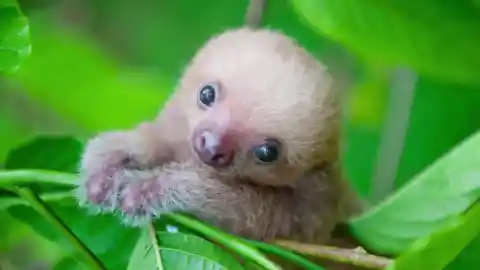
However, when scientists recently discovered this new species, they were shocked at how cute it was. The adults are adorable, and the babies? ADORABLE! Let’s take a look at this new creature.
South Africa
South Africa is home to a myriad of wild animals, ranging from the predators we’re all in awe of, to the cutest little critters around.


When scientists were studying the local reserves, they noticed a little creature they had never seen before. They don’t know much about it yet, but here are a few interesting facts.
Megadiverse
The reason South Africa is home to so many different types of animals is due to their diverse habitats.
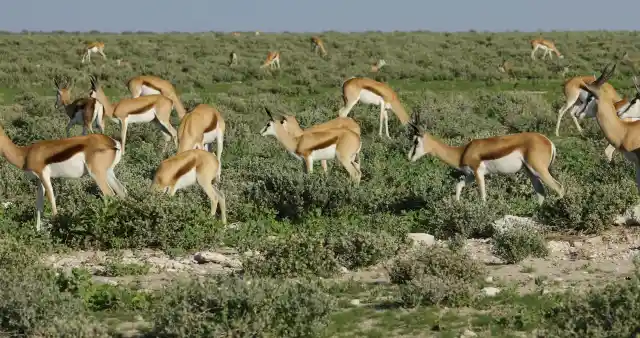

In fact, South Africa is ranked as one of the world’s megadiverse countries, meaning they have the majority of Earth’s species roaming their lands. It’s no surprise that scientists still haven’t identified all the animals that call South Africa home.
A Special Creature
It holds the sixth spot out of seventeen countries, and has habitats ranging from deserts to rich grasslands.


Different species thrive in the different parts of the country, making this a hotspot for scientists. This new species is truly one of a kind, from its unique colorings to its particular habits.
Poachers
South Africa is unfortunately home to many poachers who prowl the lands for all sorts of animals they can sell on the black market.


Due to the high level of poaching, the government has created many reserves and national parks to help protect their diverse wildlife. These national reserves give scientists a chance to study these unique and magnificent creatures in depth.
Unique Behaviors
As they started to study this mysterious creature, they noticed it had some similarities to other animals but also vast differences.
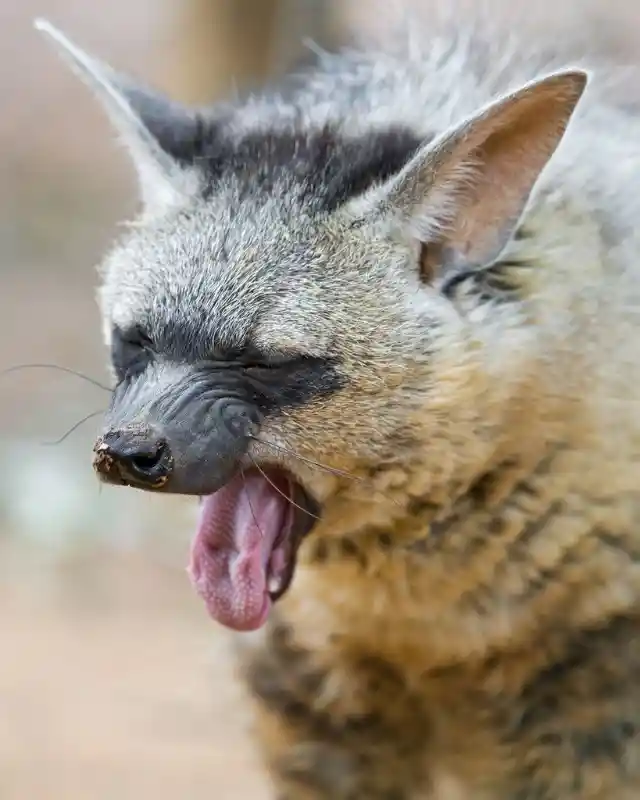
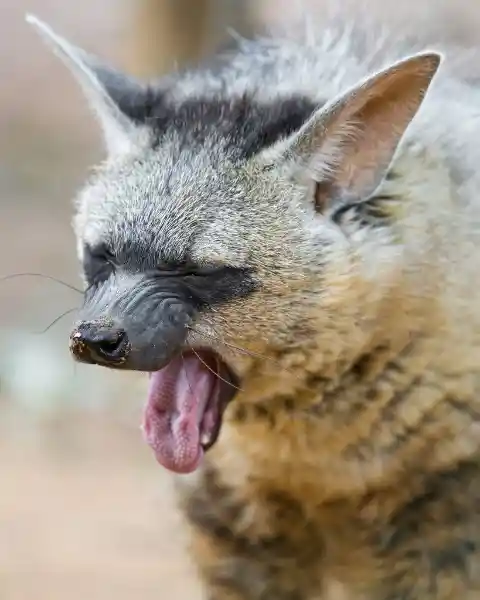
It looked almost dog-like, but also had habits that they had never seen before in creatures similar to it. The coat was beautifully striped and very fury.
Family Ties
They originally observed individuals, believing that they lived solitary lives. However, after closer observation they noticed they actually had intense family structures that were key to their survival.
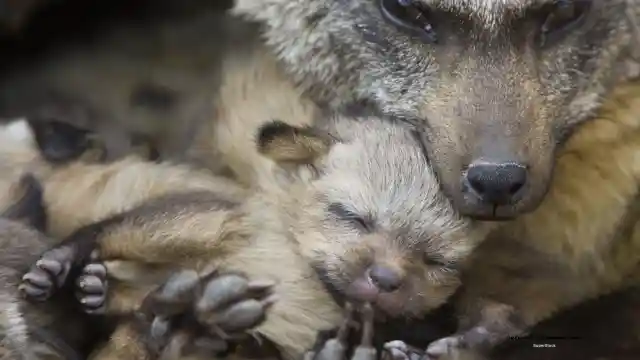

They thought they might be similar to hyenas but they stayed with their families instead of finding a pack after maturity.
Aardwolf
This unique creature was given the name, the aardwolf. The name means “earth wolf” in dutch and Afrikaan. However, locals call them “maanhaar jackal.”
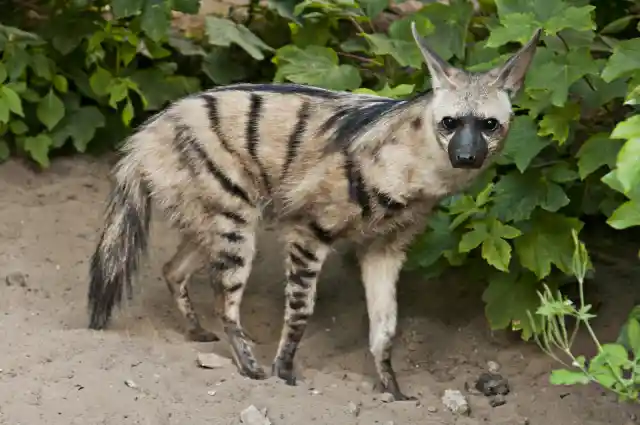
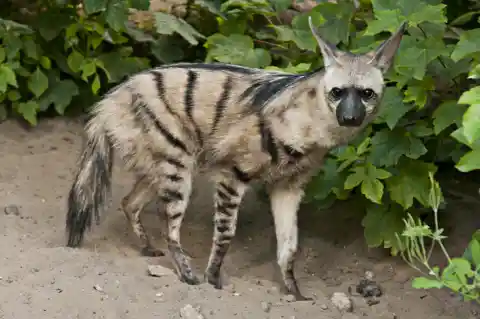
What’s perhaps most interesting about the aardwolf, is that they interact with other species unlike many other animals.
Close Relatives
They’ve determined that the aardwolf is in fact related to the South African hyena, but have many different traits they’ve developed over time.
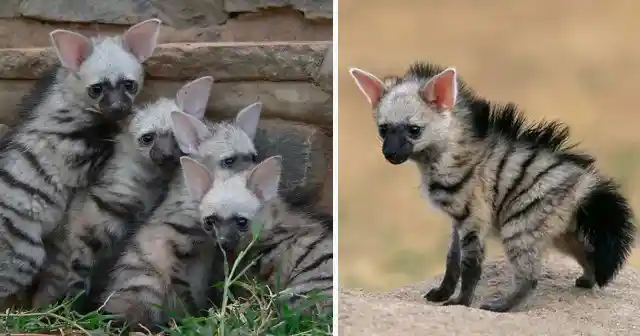
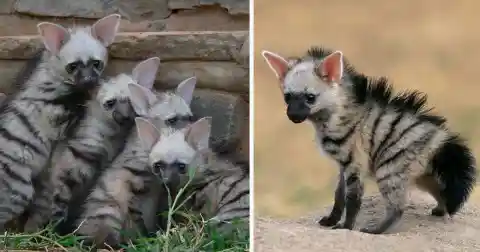
When the aardwolf is mature, they do resemble a small version of a hyena, showing an arched back and tall pointy ears.
Grassland Creatures
Aardwolves are known to prowl the grasslands of South Africa, staying in family groups. They don’t hunt in packs like their relatives, and they are nocturnal.
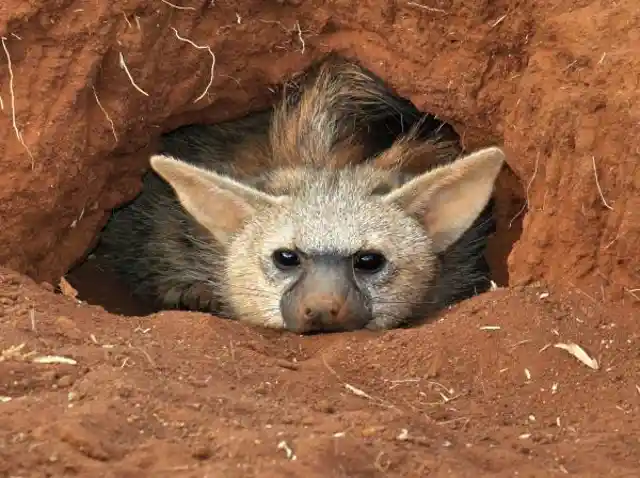
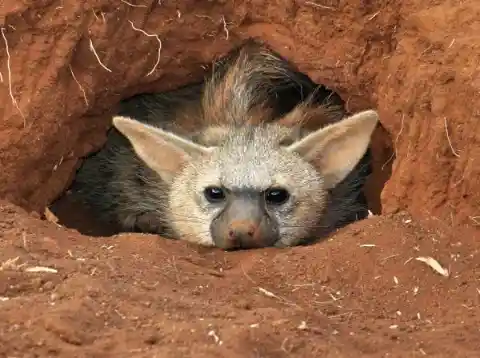
They dig burrows which they live in during the hot heat of the day, only emerging at night. What they eat is pretty interesting, too.
Termite Mouthful
Their diet is what separates them from their relatives, mainly eating termites and ants rather than larger game. They can eat as many as 250,000 termites in one night, with their long sticky tongues and claws that help them retrieve them.
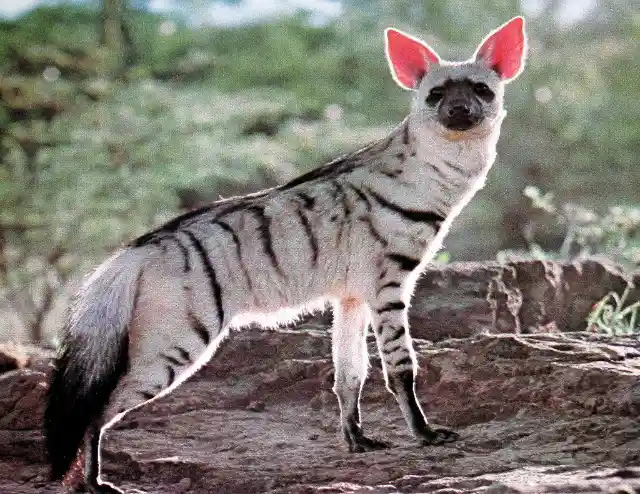
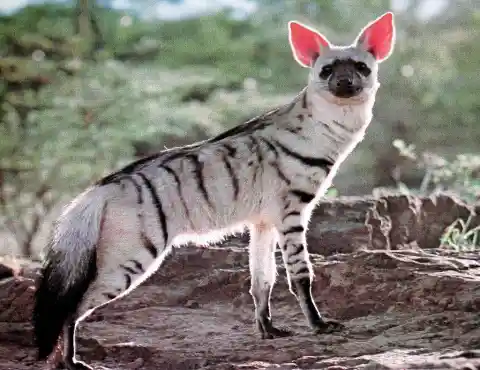
However, they are careful not to destroy the colonies, ensuring continuous meals. They are shy animals, staying away from human and large predators as much as possible.
Switching Prey
In the “dry” season for termites, aardwolves will eat smaller mammals like mice and birds to sustain life, but they’re teeth are specialized for soft insects.
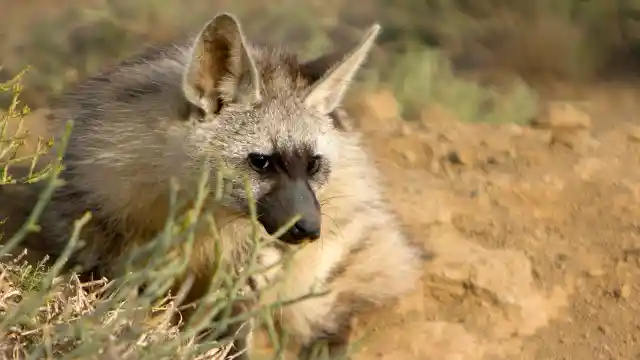
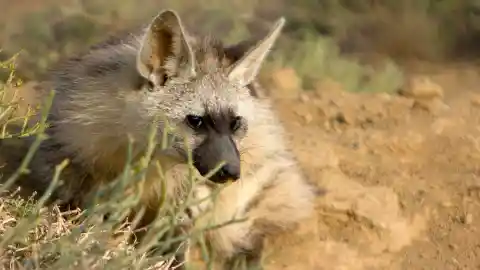
They are not fast runners, which is why they stick to prey that aren’t hard to catch. They happen to be experts on adapting, too.
Changing It Up
During the winter, they have been witnessed feeding during the daytime, but they are mostly nocturnal.
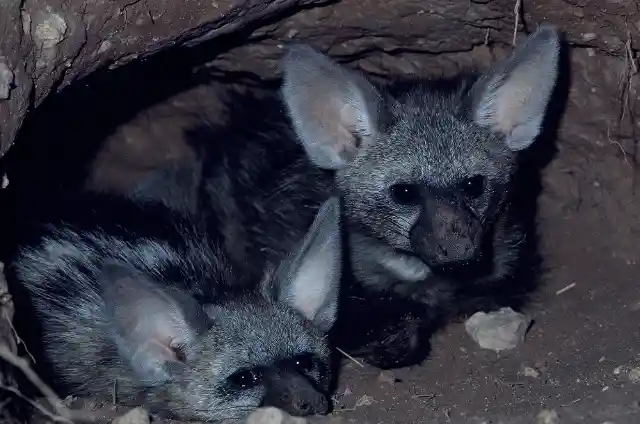
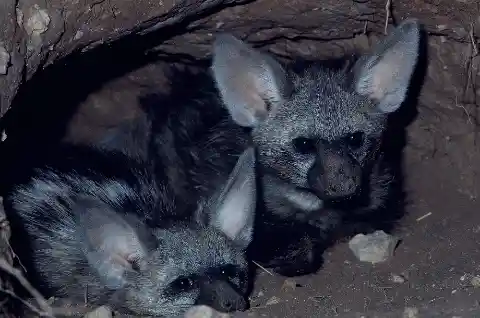
What’s even more interesting about these creatures, is that they are monogamous, staying together to raise their young. They aren’t going to let anything creep up on their territory either, they can be vicious if need be.
Go Away!
They will chase an intruder nearly 1,300 feet until they feel their young are safe. If they do catch their intruders, then they will engage in a fight, but this rarely happens.
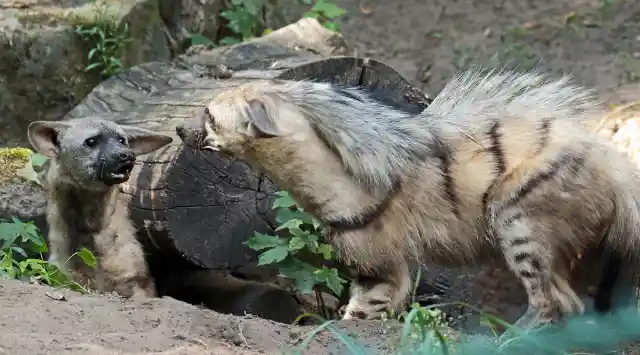
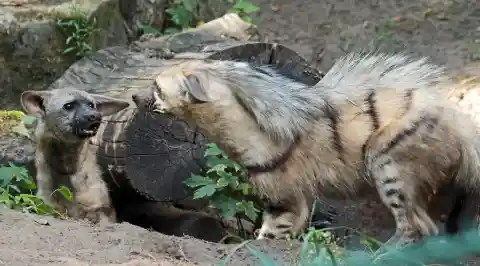
If it does, they will growl, bark, and intimidate their foe. During mating times, these fights tend to happen more regularly due to neighboring males testing one another.
Busy Nights
Most of their nights are busy ones, feasting and marking their territory parameters ever 20 minutes.

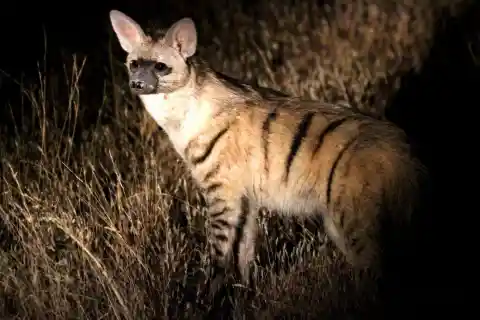
This means that an aardwolf on guard can mark up to 200 times a night. Each pair can have up to ten dens, as well as middens, or dumps they use just as humans would.
Many Homes
They don’t live in all ten dens at one, they generally stick to two at a time, and rotate every six months or so. They are extremely smart creatures, reusing abandoned dens when they can to preserve energy.

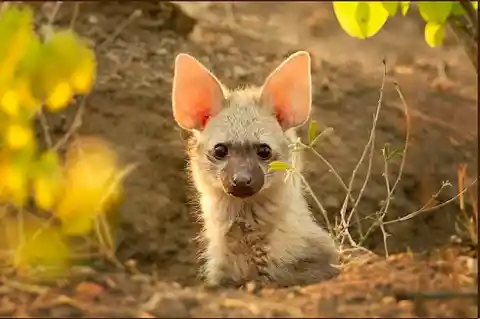
They have the ability to raise their manes to try and intimidate predators, and they’ve even learned tricks to confuse their opponents.
Baby Fever
They will reproduce every year, usually having two to five cubs at a time. Surprisingly, the male will watch over the babies for more than six hours while the mother hunts for food. The babies spend six-eight weeks in the dens with their parents before emerging for the first time.
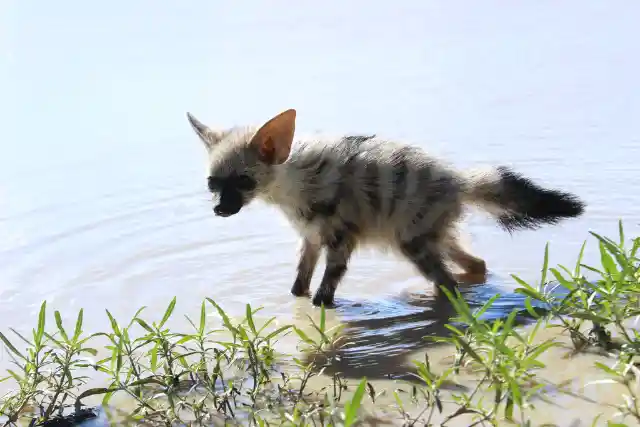

Then, they are supervised by mom on foraging expeditions for about four months. The aardwolf has also learned how to survive when many of its neighbors are dwindling.
Intelligent Critters
The aardwolf seem to be surviving quite well in climates that can sometimes be harsh. They’re not keen on fighting and tend to hide within their burrows, keeping them safe from poachers and hunters.
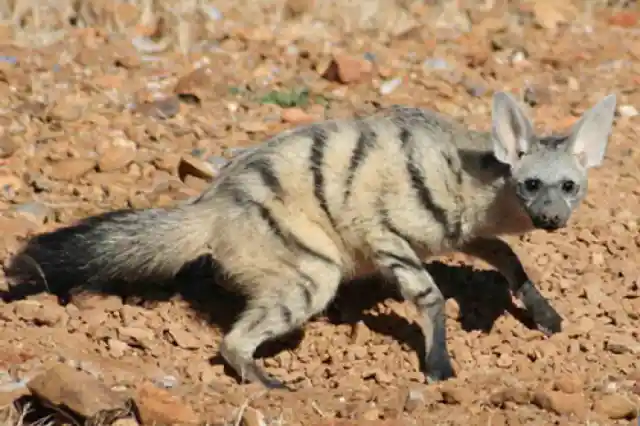
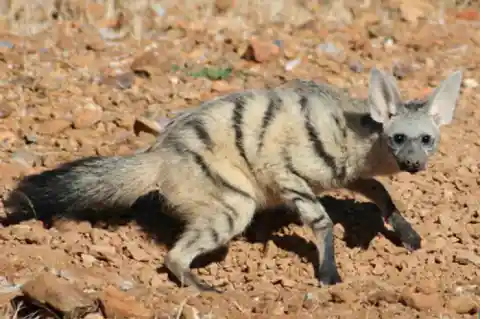
Their intelligence has helped them continuously learn how to evade danger, and their romantic side has helped, too.
Monogamous
While many other species aren’t monogamous, these creatures are, which has probably helped their survival.
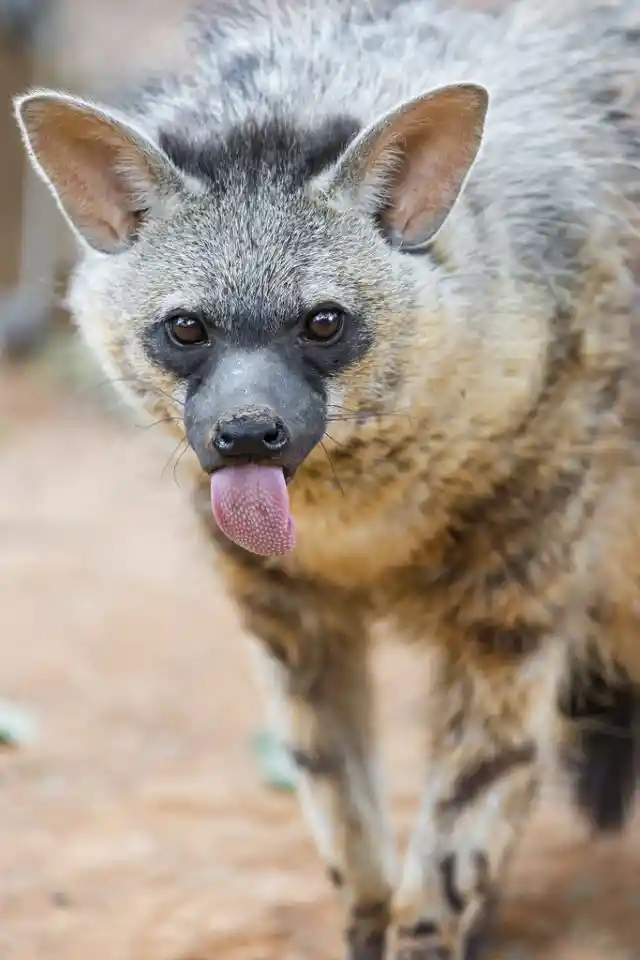
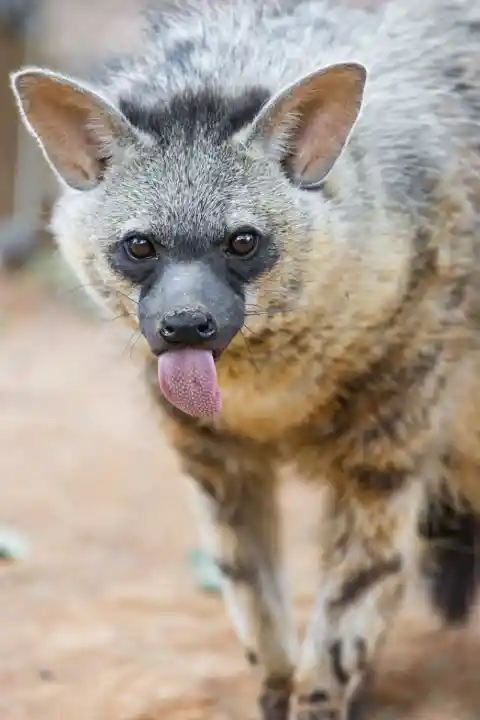
With two parents able to watch over their young, more of them live to be sexually mature, allowing them to create even more babies. However, they do face danger.
Natural Predators
Aardwolves do have natural predators, including humans and jackals. Knowing the dangers of these two species, they’ve learned it’s best to stay far away.
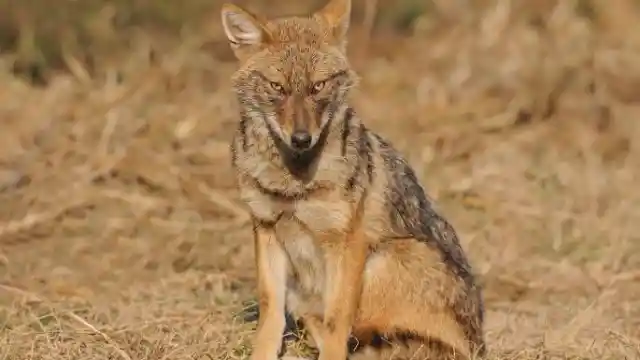
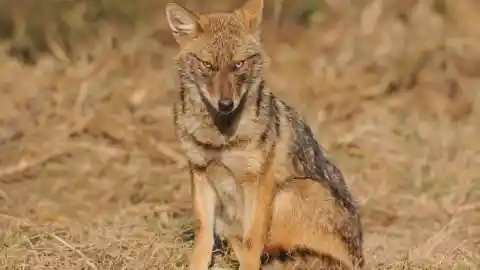
Although scientists are unsure about exactly how long these cute creatures live, if they go off their most closely related relative the spotted hyena, they can live up to 18 years.